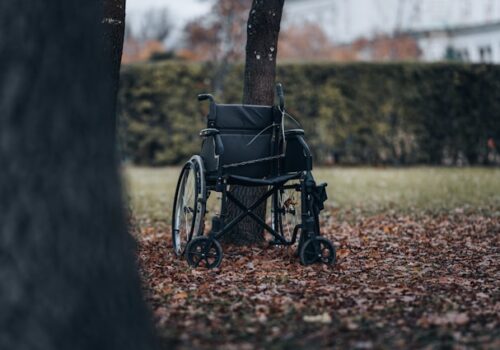Social and Labor Adaptation of Disabled People
The most important condition for social and especially labor adaptation is the introduction into the public consciousness of the idea of equal rights and opportunities for disabled people. It is the normal relationship between disabled and healthy people that is the most powerful factor in the adaptation process.
As experience shows, often disabled people, even with certain potential opportunities to actively participate in the life of society, and all the more to work, are not able to realize them.
The reason is that part (and often a large part) of our society does not want to communicate with them, and entrepreneurs are afraid to hire disabled people due to established negative stereotypes. And, in this case, even social adaptation measures for the disabled will not help until the psychological stereotypes of both “healthy” people and, importantly, employers are broken.
It should be noted that the very idea of social adaptation of disabled people “in words” is supported by the majority, and there is a mass of legislation, but there is still complexity and ambiguity in the attitude of “healthy people” toward disabled people, especially those with clearly expressed “disability characteristics” – those who cannot move around independently (the so-called “wheelchair users”), the blind and hard of seeing, the deaf and hard of hearing, those with cerebral palsy, those with HIV.
And, importantly, the “unreadiness” of many healthy people for close contact with disabled people in the workplace is noted, as well as the development of situations in which a disabled person cannot, does not have the opportunity to be realized on an equal footing with everyone else.
Unfortunately, one of the main indicators of the socio-psychological adaptation of the disabled is their attitude to their own lives – almost half of them assess the quality of their lives as unsatisfactory. Moreover, the very notion of satisfaction or dissatisfaction with life is most often reduced to a disabled person’s poor or unstable financial situation, and the lower their income, the more pessimistic their outlook on their existence and the lower their self-esteem.
But, it is noted that working disabled people have a much higher self-esteem and “outlook on life” than the unemployed. On the one hand, it is connected with a better financial situation of working disabled people, their greater social and production adaptation, and a greater opportunity to communicate.
But, like all of us, disabled people experience fear of the future, anxiety and uncertainty about the future, a feeling of tension and discomfort, and for them the loss of a job is a stronger stress factor than for a healthy person. The slightest change in material insecurity and the slightest difficulty at work lead to panic and extreme stress.



